Introduction to Barnacles
Barnacles are exclusively marine invertebrates belonging to the subclass Cirripedia within the larger classification of crustaceans. Over 2,100 species of barnacles have been described, showcasing their vast diversity. They are known for their sedentary adult life, where most species permanently attach themselves to various surfaces, including rocks, ships, and even marine animals. This attachment is facilitated by a highly modified form for a sedentary life, featuring reduced bodies covered by hard plates for protection. Despite their stationary adult phase, barnacles have a free-swimming larval stage, indicating a complex lifecycle. As crustaceans, they share a common lineage with crabs, lobsters, and shrimps, though their appearance and lifestyle are markedly different.
The Fascinating Biology of Barnacles
How Barnacles Eat
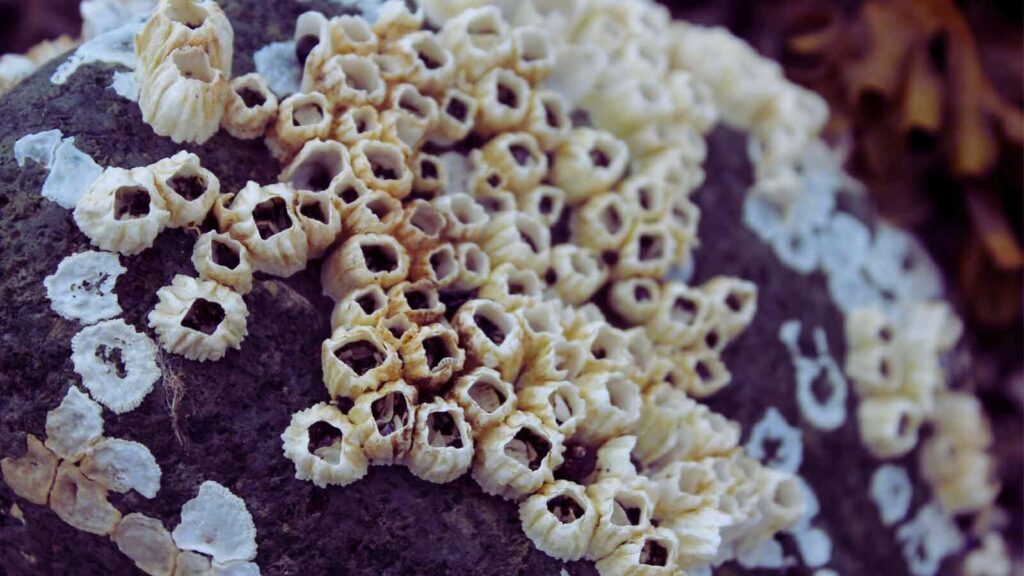
Barnacles, despite their stationary lifestyle, have developed fascinating feeding methods to nourish themselves. They are filter feeders, which means they capture food particles from the water. Their primary tool for feeding is the cirral fan, a basket-like structure that barnacles sweep through the water to intercept suspended prey. This action is akin to a net catching fish.
Adult barnacles employ two basic feeding methods. They either rhythmically beat their captorial cirri (feathery appendages) to trap food particles from the surrounding water or hold their cirri outstretched to catch passing prey. The morphology of these feeding appendages can vary depending on the flow of water in their environment, with those in faster flows having shorter, thicker cirri. This adaptability allows barnacles to efficiently capture food particles, even in varying aquatic conditions.
The Lifecycle of a Barnacle
The lifecycle of barnacles is a complex and fascinating process, involving distinct stages from larvae to adulthood. It begins with a pelagic (open ocean), suspension-feeding nauplius larva stage. The nauplius larvae feed and grow in the water column before transitioning to a non-feeding cypris larva stage, during which they do not eat but search for a suitable place to settle. Once a location is found, the cyprid larva attaches itself permanently to a surface and undergoes metamorphosis into a benthic (bottom-dwelling), sessile adult barnacle.
Throughout their lifecycle, barnacles pass through two distinct larval stages: the nauplius and the cyprid, before developing into mature adults with a hard shell for protection. The entire process showcases their adaptability and survival strategies in various marine environments.
Types of Barnacles
Acorn Barnacles
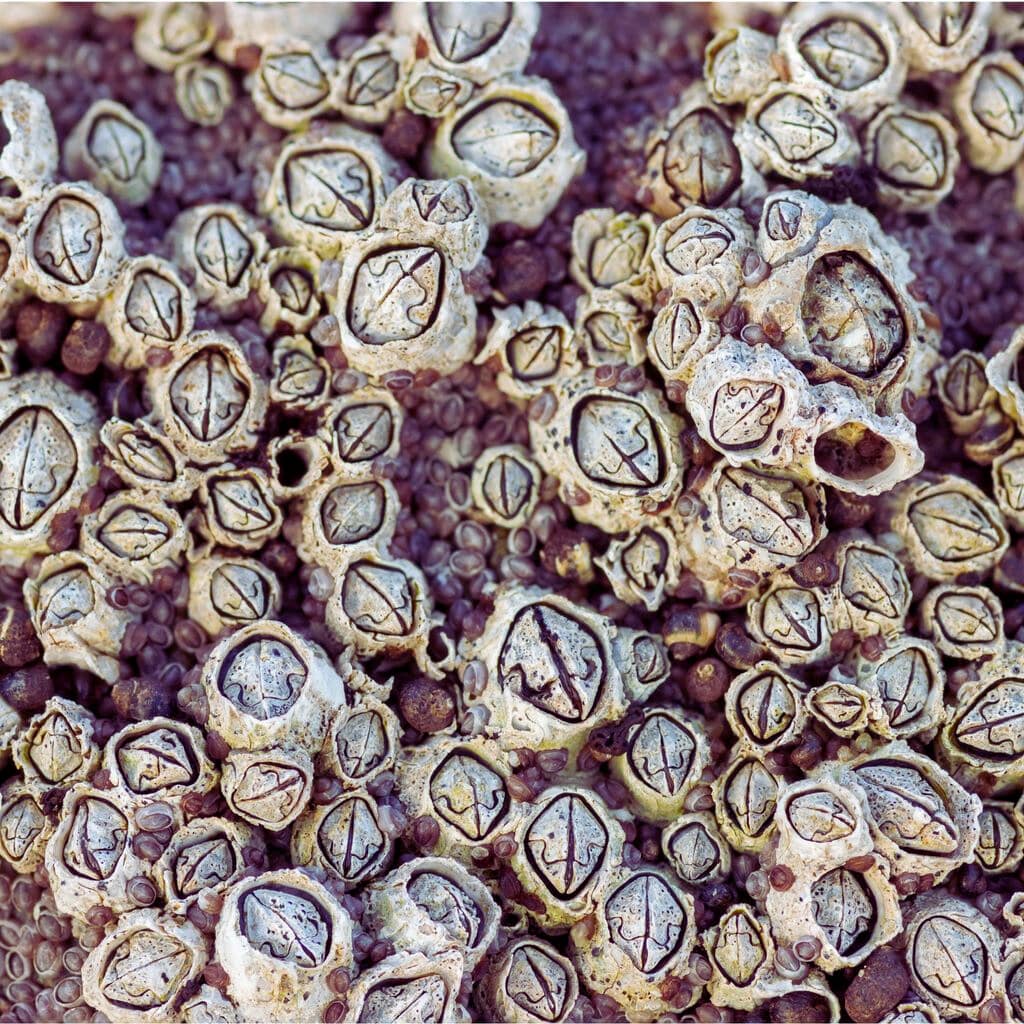
Acorn Barnacles are a successful group within the marine ecosystem, with about 1,445 identified living species, 900 of which are acorn barnacles. These barnacles thrive along rocky shores and are known for their adaptability to various marine environments. They attach themselves to hard substrates such as rocks, pier legs, old boats, and sometimes even other marine creatures. Acorn barnacles are the most common barnacles found on shores and are recognized by their distinctive volcano-like appearance. They predominantly inhabit intertidal rocky shores and are a key species in their ecosystem, providing food for a variety of marine animals.
Goose Barnacles
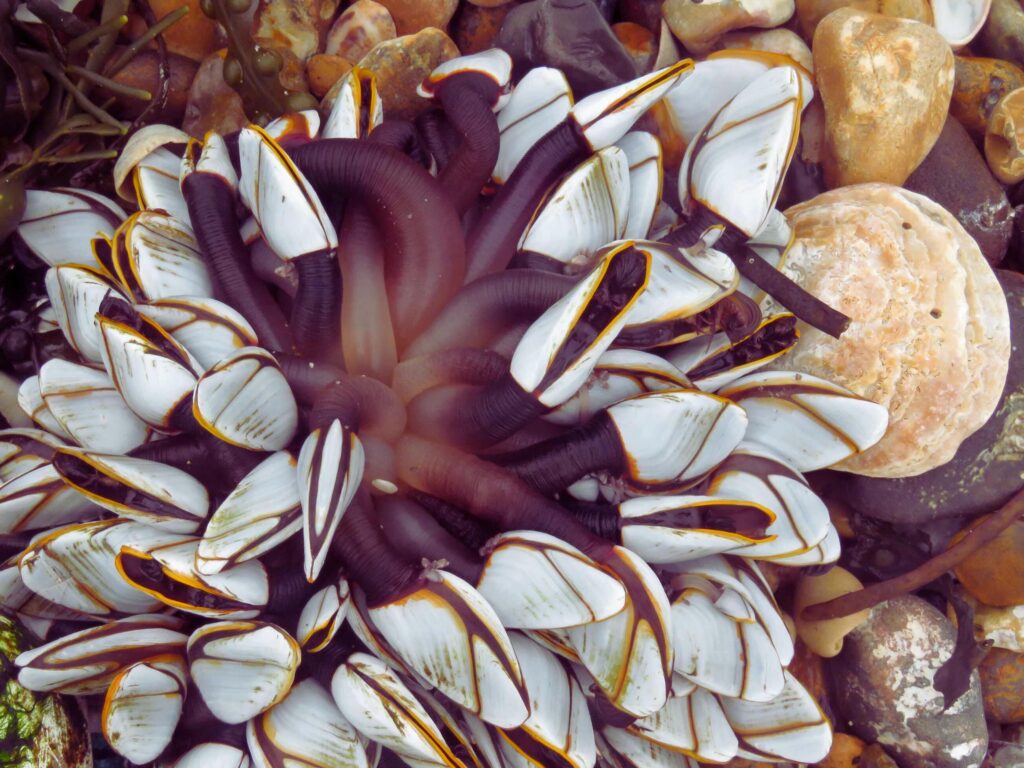
Goose barnacles, also known as stalked barnacles or gooseneck barnacles, are fascinating filter-feeding crustaceans. They live attached to hard surfaces, including rocks and pieces of drifting wood, in the intertidal and subtidal zones of open, wave-exposed coasts. Goose barnacles can be found at depths of 30 meters or more, thriving particularly in areas where seaweeds struggle to gain a foothold due to strong waves. These organisms are sessile, meaning they are fixed in one place and cannot move, although they are sometimes found living on other organisms, which can lead to them being considered as causing a form of commensalism or mild parasitism.
Barnacles and Their Environment
Where Do Barnacles Live?
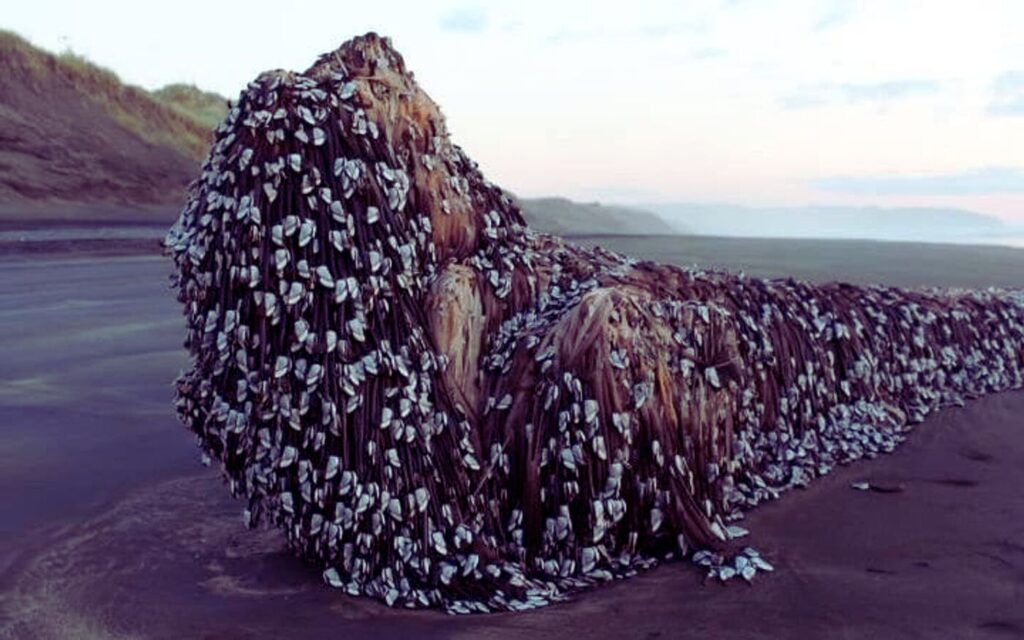
Barnacles are versatile creatures found in marine environments worldwide. They generally prefer waterways with active movement, influenced by tidal exchanges or water flow. Specifically, acorn barnacles inhabit rocky shores across the North Atlantic and North Pacific oceans. After attaching themselves as adults, they form protective shells around their bodies, adapting to their permanent location. Water movement is a significant factor in determining their habitat, alongside other considerations like light availability and surface contour. Interestingly, barnacles have been identified as foundation species in their ecosystems, particularly noted for their role on plastic debris in the ocean, indicating their adaptability to various substrates. They are frequently found in the intertidal zone, though they lack gills, which differentiates them from other marine crustaceans like crabs and lobsters.
Barnacles and Biodiversity
Barnacles as Ecosystem Engineers
Barnacles play a pivotal role as ecosystem engineers in marine environments, significantly influencing biodiversity and ecological balance. These organisms, by their very presence and activities, can alter the physical environment in ways that affect the distribution and abundance of other marine species. Studies have shown that the native barnacle Chthamalus stellatus, for instance, exhibits distinct patterns of distribution and demography on both hard coastal structures and natural rocky shores, underscoring their influence in different habitats. Barnacles contribute to ecosystem engineering and biodiversity enhancement in coastal sediments, as highlighted in research proposing hypotheses on the mechanisms through which they exert their influence.
Additionally, as integral components of marine ecosystems, barnacles help maintain the balance by controlling populations of other species, thus underscoring their importance as keystone species. Moreover, research into barnacle distribution provides insights into broader ecological questions, such as species distribution and the impact of introduced species on native marine communities.
The Human-Barnacle Relationship
Barnacles and Boating
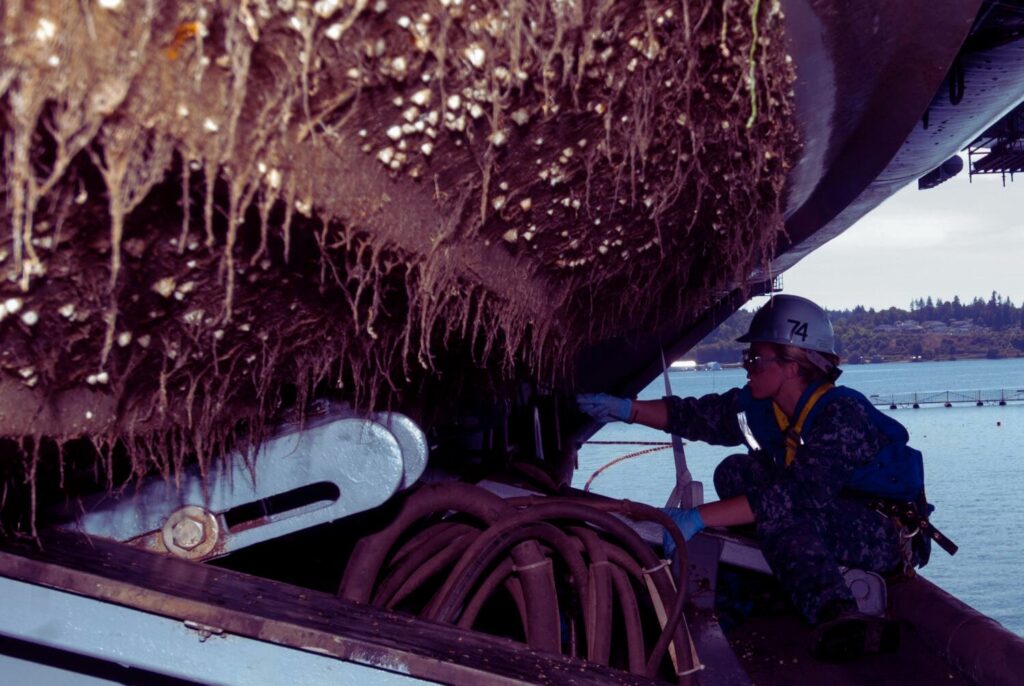
Barnacles have a complex relationship with humans and their marine vessels. While they do not directly harm humans, their presence can significantly impact marine animals and human economic activities, particularly boating. Barnacles attach themselves to boat hulls, leading to biofouling—a problem that not only affects the aesthetic appeal of the boat but also its performance and durability. The U.S. Navy has found that heavy barnacle growth can increase a ship’s weight and drag by nearly 60%, causing up to a 40% increase in fuel consumption. This results in higher fuel costs and increased emissions, as boats must burn more fuel to maintain speed and maneuverability. Over time, the buildup of barnacles can lead to significantly reduced fuel efficiency, necessitating more frequent and harder work for the engine to maintain proper speed. This relationship underscores the economic and environmental challenges barnacles pose to boating and maritime activities.
Barnacles in Science and Medicine
Research and Innovations Inspired by Barnacles
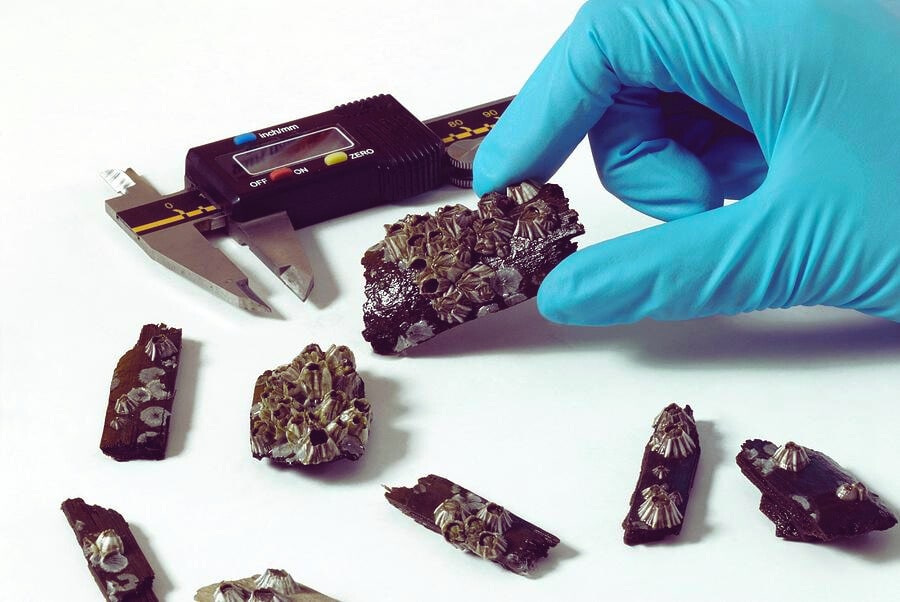
Barnacles, often seen as simple marine dwellers, have inspired significant advancements in science and medicine. Their unique adhesive properties have led to the development of a surgical glue that can seal bloody wounds in seconds, mimicking the way barnacles adhere to surfaces. This bio-inspired design incorporates adhesive proteins embedded in a hydrophobic matrix for rapid and effective wound closure. Further exploring this concept, researchers have created a blood-repelling tissue glue that offers a new method for treating traumatic injuries, taking inspiration from the sticky substance barnacles use to cling to rocks.
Additionally, the sticking power of barnacles and mussels has led to the development of a non-toxic glue with potential biomedical applications, showcasing the broad potential of these creatures beyond their natural habitat. This innovative approach extends to the creation of a new medical patch inspired by barnacles, designed to work with current medical tools for improved patient care.
The research does not stop there; scientists speculate that barnacle-inspired adhesives could revolutionize dentistry by mimicking the calcium phosphate of teeth, indicating the vast potential of these marine organisms in advancing human health and medicine. The exceptional bonding properties of barnacle adhesives continue to be a subject of investigation, promising exciting future applications across various fields.
How to Remove Barnacles
Methods for Boats and Ships

Removing barnacles from boats and ships requires careful methods to avoid damaging the hull. Here are some effective approaches:
- Pressure Washing: Use a pressure washer at a shallow angle to get under the edges of barnacles without damaging the hull surface.
- Manual Scraping: Employ elbow grease and manual scraping tools, ensuring to pry the barnacles off rather than smashing them.
- Chemical Removal: Calcium remover or acidic solutions can be applied to dissolve the barnacles before rinsing them away with water. Be cautious as some chemicals may be harmful to the environment or the boat’s finish.
- Drying Out: Lift the boat out of the water and allow the barnacles to dry out for several weeks. This method is effective for dry barnacles and can make them easier to remove.
- Sanding: For stubborn barnacle husks, sanding may be necessary. This should be done carefully to avoid damaging the hull.
Environmental Considerations
When removing barnacles from boat hulls, it’s crucial to consider environmentally friendly methods to avoid harming marine life and ecosystems. Here are some suggestions:
- Eco-Friendly Chemicals: Use products like Barnacle Buster, which are designed to dissolve barnacles without harsh scraping. Ensure the product is environmentally safe.
- Single-Purpose Cleaners: Opt for specialized removers for barnacles and algae that have been tested for efficacy and environmental impact, like Aqua-Chem for barnacles.
- Innovative Paint: Consider paints and coatings modified to naturally deter barnacle attachment without the use of harmful toxins. These products can prevent barnacles from adhering to hulls in the first place.
- Acid Solutions: Diluted acid solutions can be used to dissolve barnacles with minimal physical removal required. Ensure the solution is weak and neutralized properly before disposal to minimize environmental harm.
- Responsible Practices: Always follow responsible boating and maintenance practices to minimize the environmental impact of barnacle removal, including using environmentally friendly products and disposal methods.
Conclusion
Recap of Barnacle Wonders
Barnacles might just be the ocean’s most underestimated inhabitants. With their unique feeding habits, crucial role in marine ecosystems, and even their contributions to science and technology, these little creatures are full of surprises.
The Future of Barnacles and Us
As we move forward, finding a balance between benefiting from barnacles and protecting our marine environments will be key. The story of barnacles is far from over, and there’s much we can learn from these extraordinary creatures.
Read also: What Are Hip Dips?
FAQs
Q. Can barnacles hurt you?
Generally, barnacles are harmless to humans. However, their sharp shells can cause cuts if you’re not careful while handling them.
Q. Do barnacles ever move?
Once barnacles find their spot and settle down, they do not move. They remain fixed in their chosen location for life.
Q. How long do barnacles live?
The lifespan of a barnacle can vary depending on the species, but some can live up to 10 years or more.
Q. Can barnacles live out of water?
Barnacles can survive out of water for a period, especially those in the intertidal zone that are used to being exposed to air during low tide. However, they need to be submerged regularly to feed.
Q. Are barnacles good for anything?
Beyond their ecological role and inspiring scientific research, barnacles are considered a delicacy in some cultures. Their presence also indicates water quality, serving as bioindicators for marine scientists.
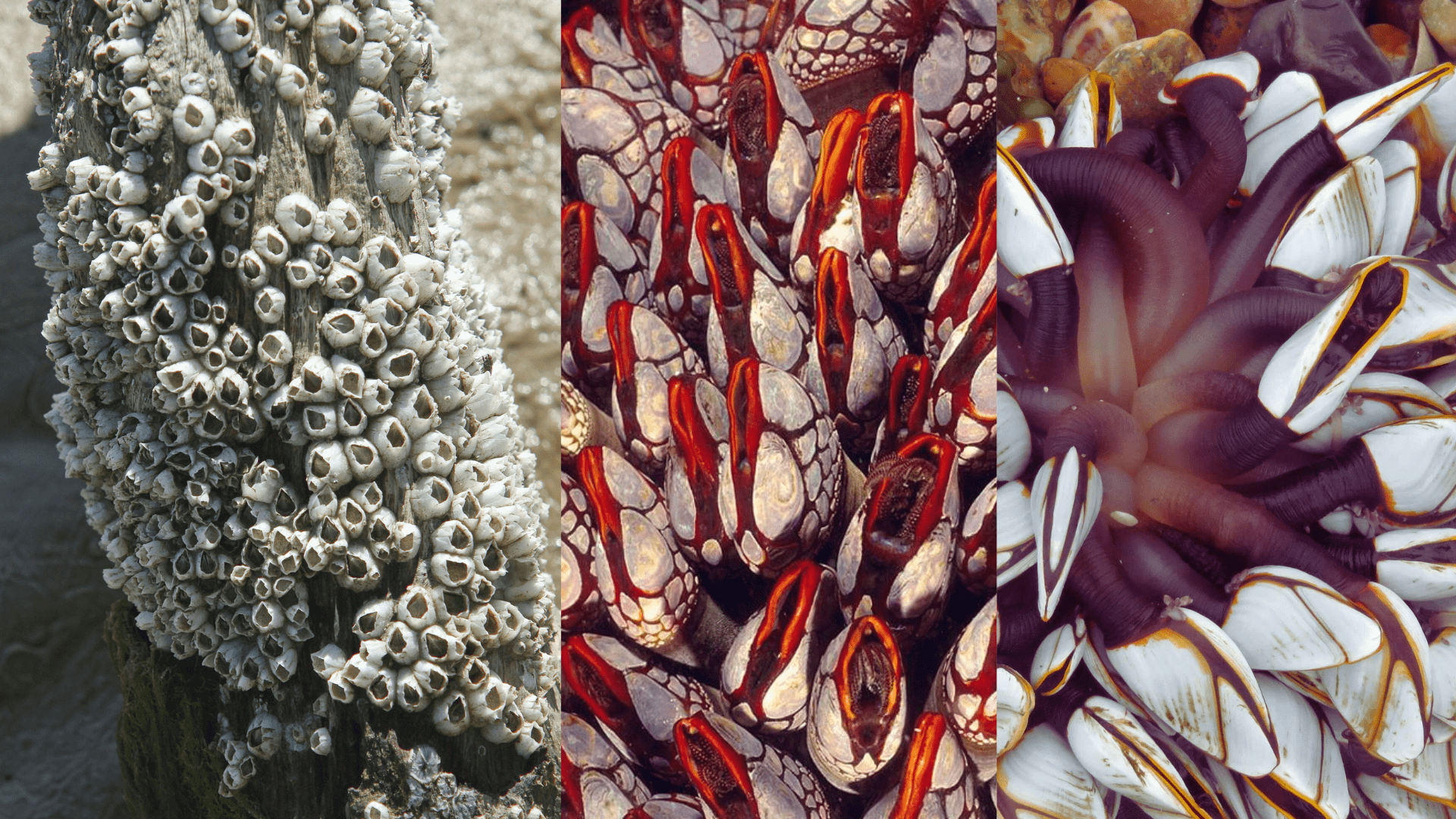




It seems like you’re repeating a set of comments that you might have come across on various websites or social media platforms. These comments typically include praise for the content, requests for improvement, and expressions of gratitude. Is there anything specific you’d like to discuss or inquire about regarding these comments? Feel free to let me know how I can assist you further!